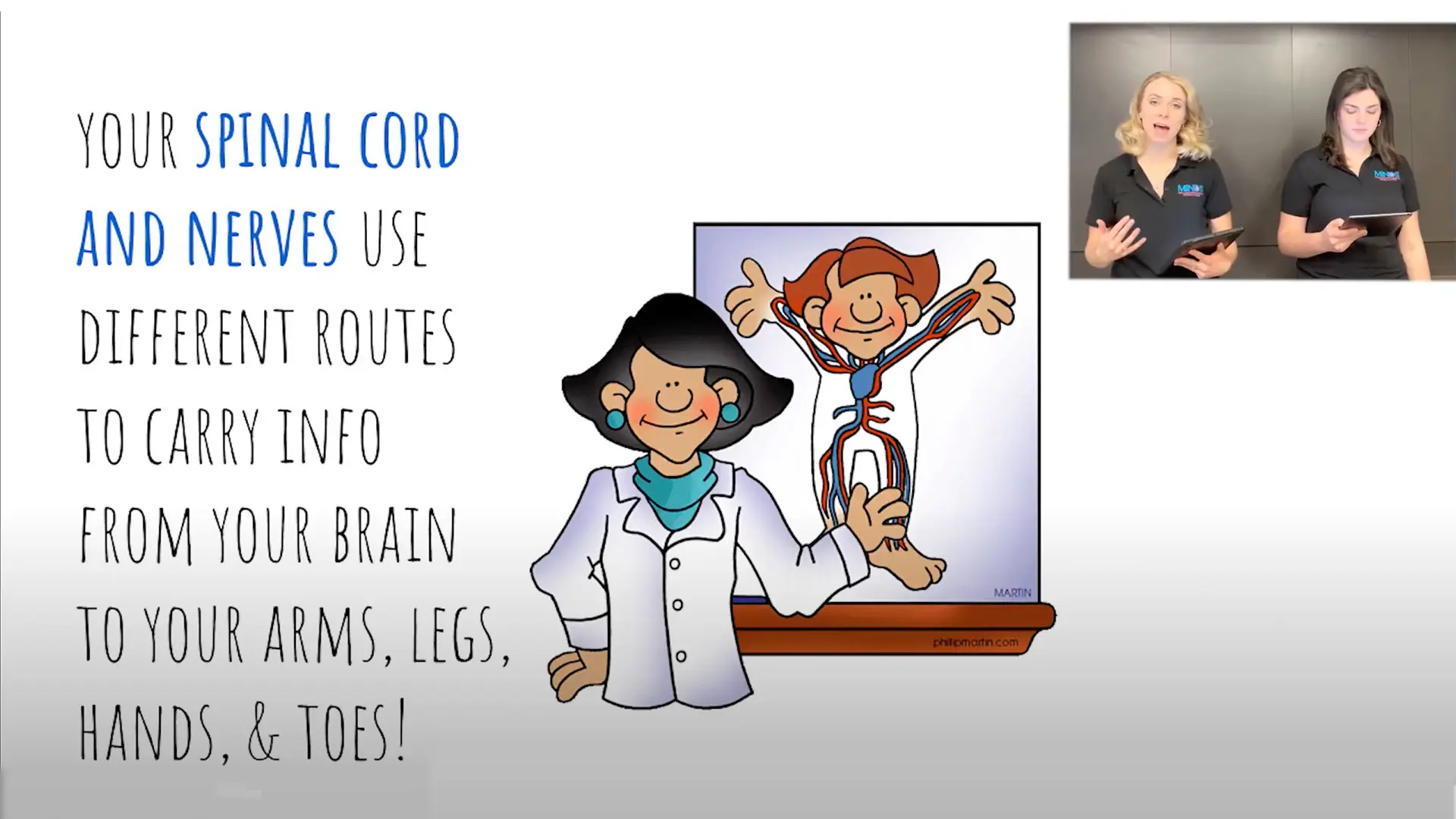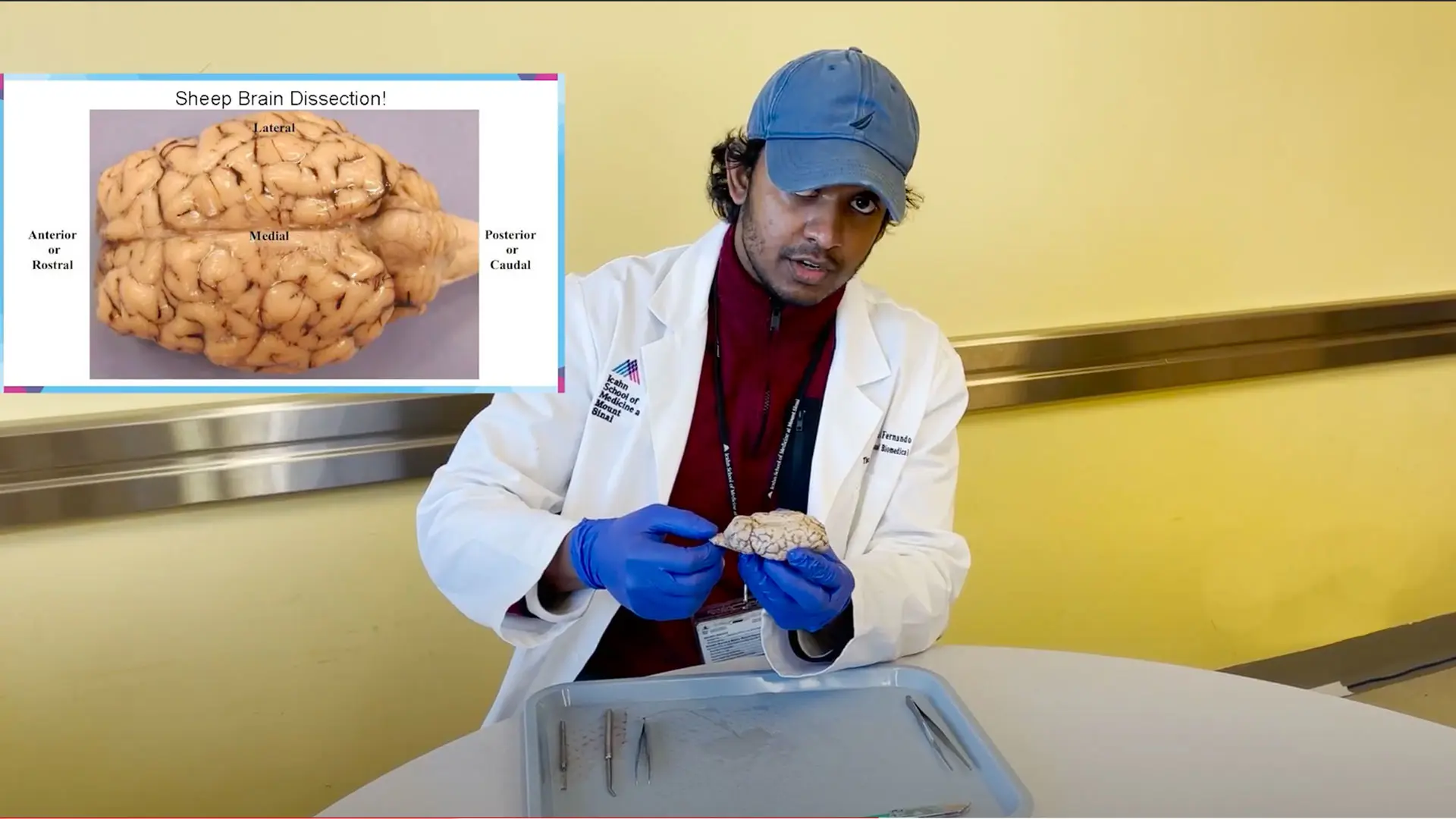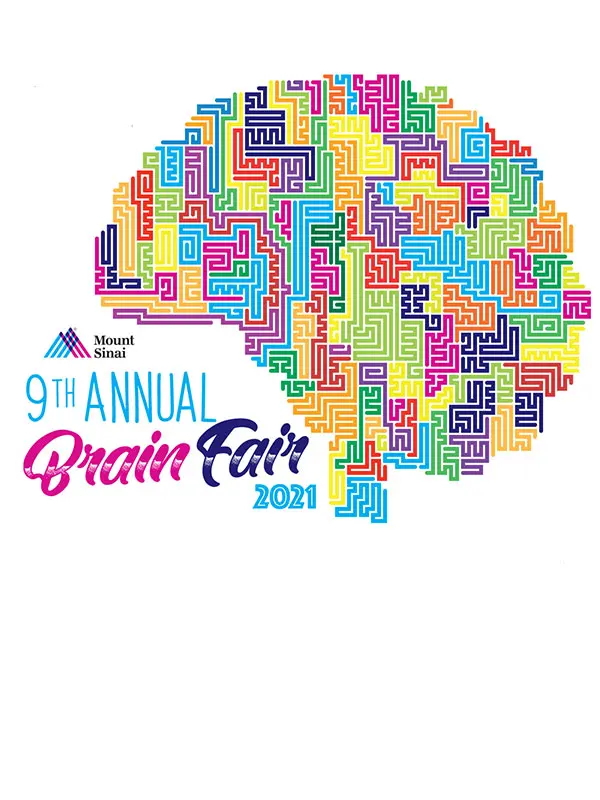Driving this effort was MiNDS, Mentoring in Neuroscience Discovery at Sinai, a program led by graduate students that makes neuroscience engaging and accessible through classroom courses, Mount Sinai lab tours, and family science nights for East Harlem, New York schoolchildren.
MiNDS partners with the Center for Excellence in Youth Education (CEYE) within the Office for Diversity and Inclusion—all part of a long and far-reaching effort of the Icahn School of Medicine at Mount Sinai. CEYE has been providing real-world classroom activities and interactions with faculty and staff since its founding in 1975, introducing summer and academic year internships and courses to thousands of underrepresented students interested in exploring careers in medicine, science, technology, and engineering.
“Our activities during Brain Awareness Week looked a little different this year,” says Denise Croote, co-leader of MiNDS and a fifth-year PhD neuroscience graduate student, “but we were very excited that we were able to extend our enthusiasm about the brain into the virtual space.”

Elementary school students learn brain basics during a Morning MiNDS program offered by PhD neuroscience graduate students Denise Croote and Brittany Hemmer.
They streamed four “Morning MiNDS” lessons every morning at 9 am for elementary school students, covering the lobes and cells of the brain, and the sensory systems. “We also led students through several fun experiments using supplies we distributed in experiment bags,” Ms. Croote said. A cadre of MiNDS volunteers had assembled 500 bags, distributing 300 to students at its partner school, Patrick Henry Preparatory PS/IS 171, and the others to the Mount Sinai community, so they could participate in a hands-on activity remotely.
The other programs included:
• Streaming a sheep brain dissection and a comparative anatomy lesson for high school students, and looking at the brains of mice, rats, dogs, bears, and humans.

Michael B. Fernando, a MiNDS volunteer and PhD neuroscience graduate student, leads a sheep brain dissection and a comparative anatomy lesson for high school students during Brain Awareness Week.
• Hosting a public lecture (with Spanish subtitles), “The Social Brain: Adapting During the COVID-19 Pandemic.” It included presentations on the neuroscience of social behavior and the impact of social distancing on mental health, and featured MiNDS co-leader Joseph Simon, IV, a fourth-year neuroscience PhD graduate student, and Anastasia Shuster, PhD, a postdoctoral fellow in the Department of Psychiatry.

Anastasia Shuster, PhD, a postdoctoral fellow in the Department of Psychiatry, co-hosted a public lecture that included Spanish subtitles on "The Social Brain: Adapting During the COVID-19 Pandemic."
• And, special this year: the launch of a podcast series, “Journey Through the MiND: Exploring the Life of a Neuroscientist.” The podcast series was sponsored by the Dana Foundation and featured revealing conversations with Friedman Brain Institute faculty. Topics included pivotal experiments that helped shape their careers, and the overall twists and turns of the research world. Ms. Croote talked to Daniela Schiller, PhD; and Mr. Simon chatted with Uraina Clark, PhD.
While Brain Awareness Week has concluded, the commitment to the community is ongoing in new and imaginative ways. Says Kenya Townsend, CEYE’s Program Director: “For months, we have been planning new programs, and this summer we will be offering two engaging programs for current New York City high school students: Introduction to Bioinformatics, and Medical and Scientific Exploration. We are excited about these programs and these new students who are eager to learn about science.”
Featured

Brain Awareness Week
The Friedman Brain Institute